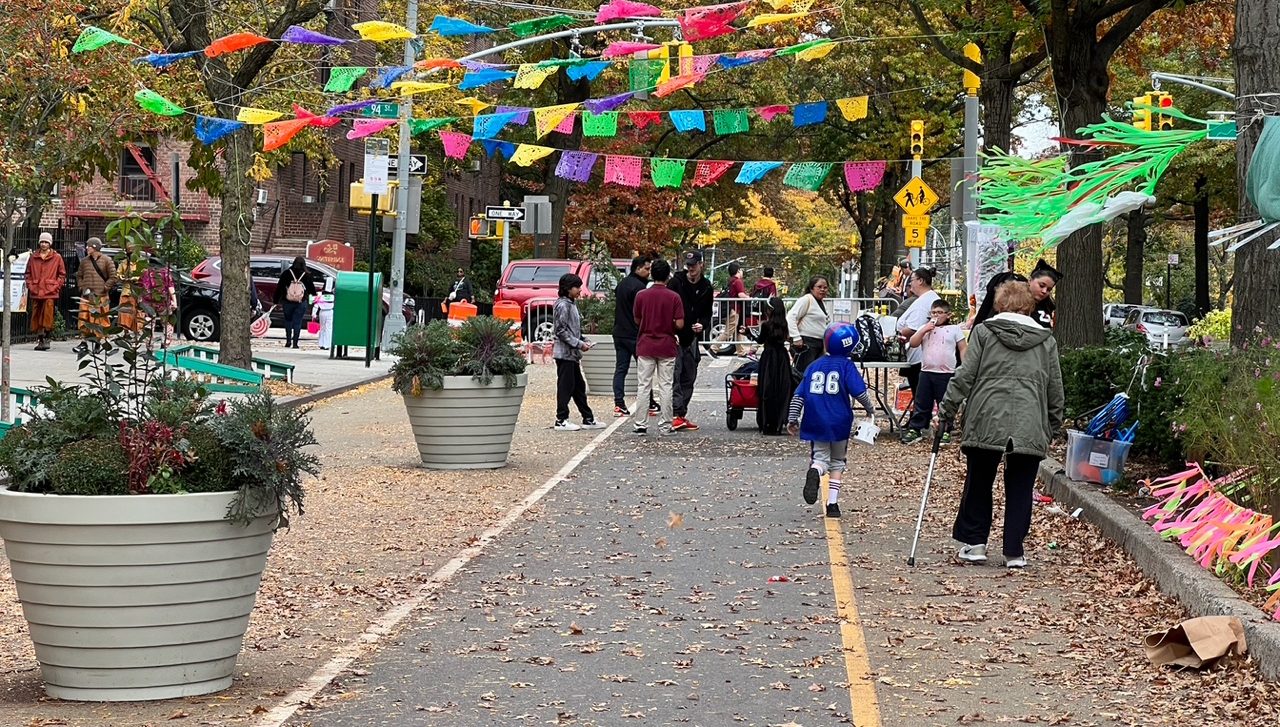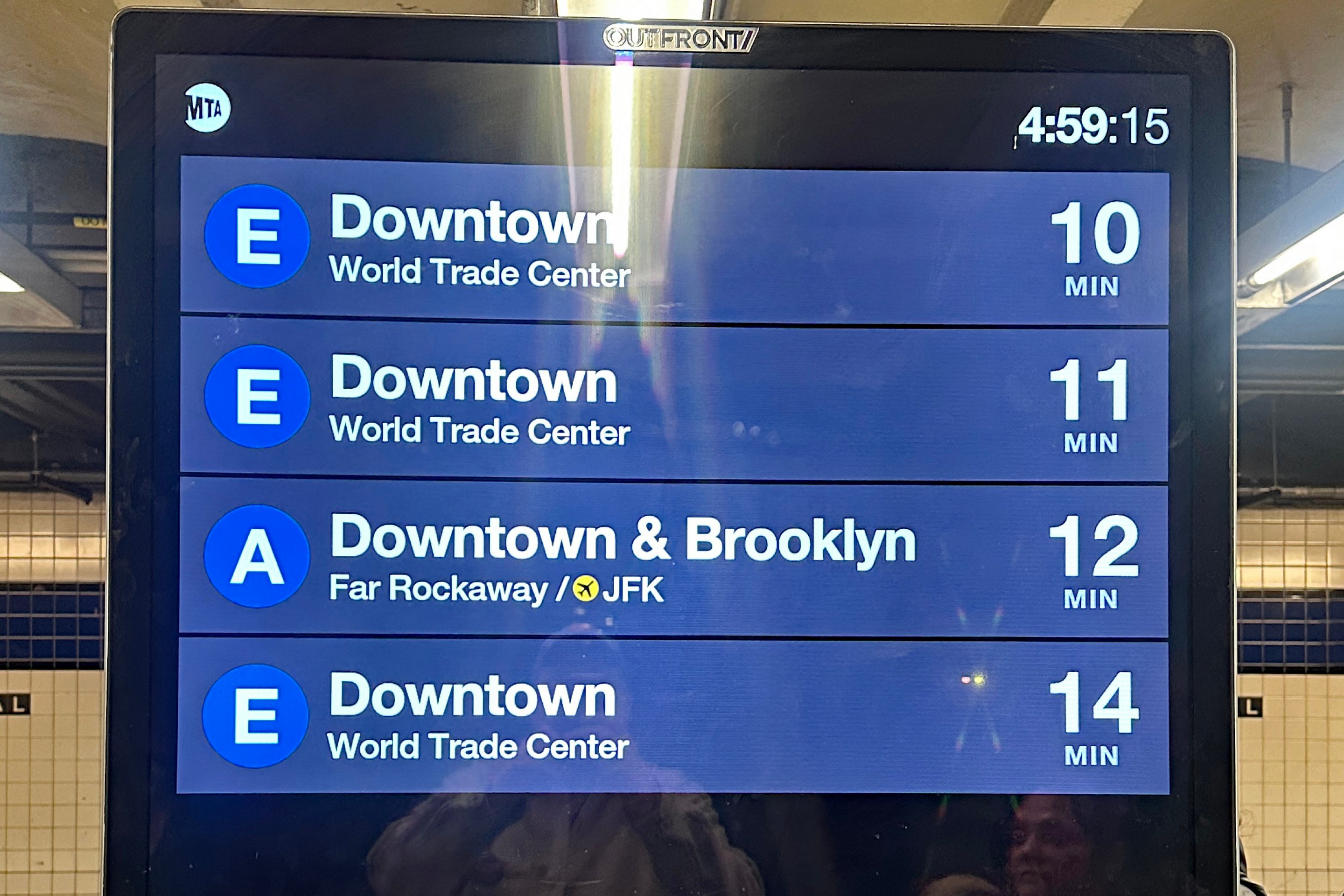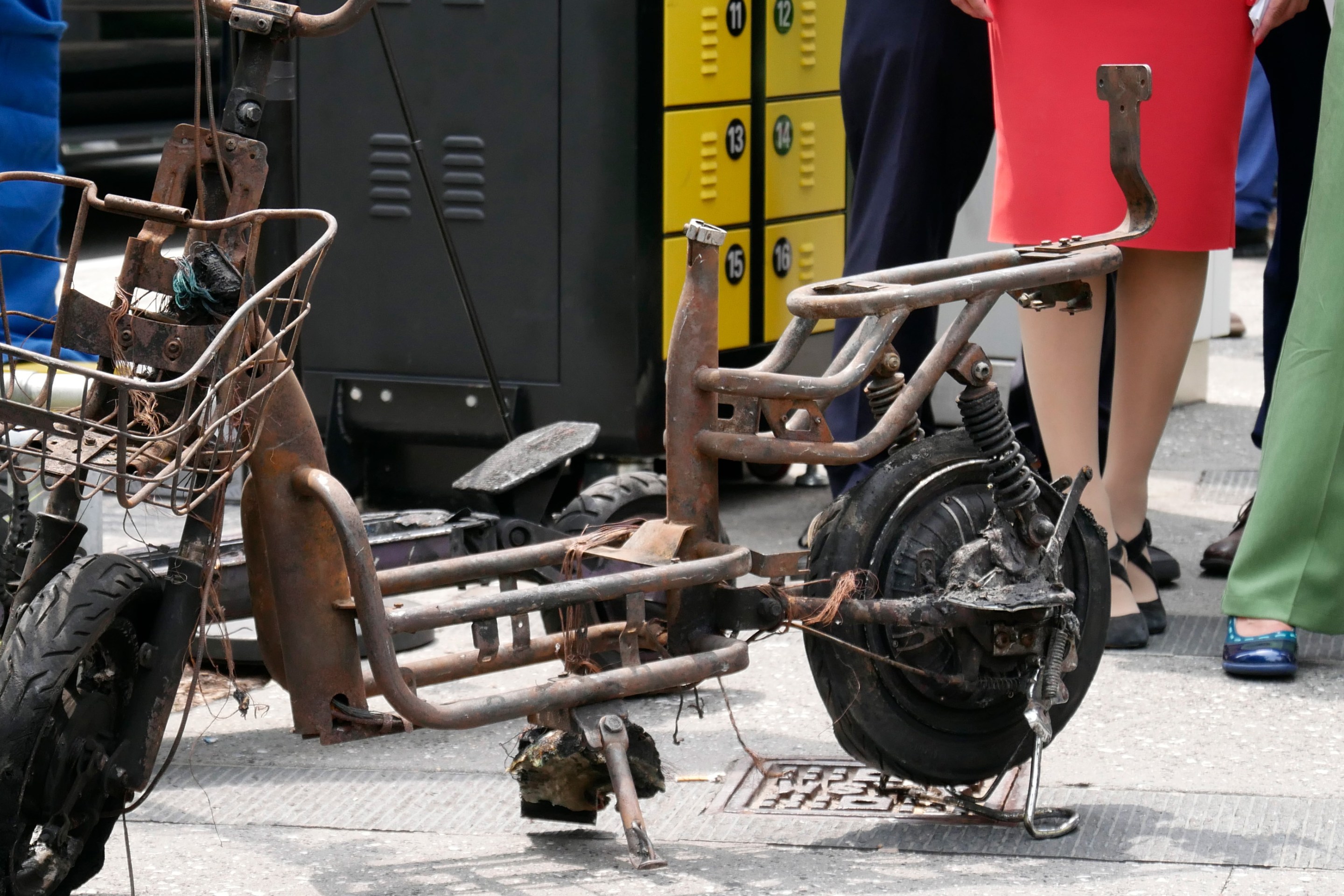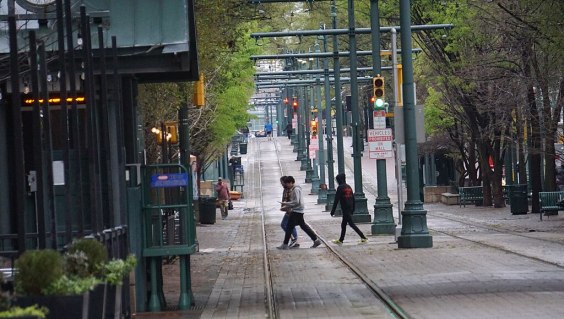 For the next four years, Mike Bloomberg will be joined in citywide office by Democrats Bill de Blasio and John Liu.
For the next four years, Mike Bloomberg will be joined in citywide office by Democrats Bill de Blasio and John Liu.Mike Bloomberg defeated Bill Thompson yesterday to claim a third term as New York City mayor, but no one except the mayor's own staff is calling the five point margin a victory for the incumbent. The headlines today are all about Bloomberg's surprisingly lackluster showing. After breaking his own records for campaign spending and mounting a juggernaut political operation, the mayor could barely muster a majority of the votes.
And how few votes were cast. Total turnout -- 1.1 million out of about 4 million registered voters -- looks to be even lower than in Ed Koch's election to a third term, back when a million fewer people lived in the city. Participation in New York City's democratic process hasn't been this paltry since the days before women were enfranchised.
The Thompson camp appeared to take some satisfaction in the relatively close finish. Still, Democrats have got to be second guessing themselves today. No doubt much hand-wringing will ensue about the failure of President Obama and local power brokers to rally around the party's standard bearer.
But here are some numbers to chew on: Thompson lost by 50,000 votes, and New Yorkers make more than two million bus trips every day. What if the Democratic candidate had actively campaigned on specific ideas to improve bus service? Vastly outspent or not, Thompson couldn't clear the bar set by Freddy Ferrer in 2005 despite an electorate that seemingly felt little enthusiasm for the incumbent. (Disgust with the term limits extension may explain why Bloomberg himself garnered 200,000 fewer votes than he did four years ago, even though his approval rating, at 70 percent, remains quite high.)
Instead, when it came to New Yorkers' transportation concerns, Thompson sounded few consistent themes except the notion that self-serving complaints from a few local merchants should take precedence over safety gains and transit improvements on our streets. The Democratic Party -- purported defender of the working class and the environment -- failed to make the connection between urban transportation, economic opportunity, and sustainability.
Overall, transportation remained a second- or third-tier issue during the campaign. Under Janette Sadik-Khan, Bloomberg's Department of Transportation has made notable strides to improve walking, biking, and transit, but the mayor seldom strayed from his core themes of falling crime rates and rising student test scores. In the televised debates, parking tickets got more attention than pedestrian safety. The city's 2008 toll of 292 motor vehicle fatalities and annual rate of 50,000 traffic injuries were never even mentioned.
Transportation issues may not have affected this election, but this election will affect transportation policy. Bloomberg will be joined on the citywide stage by two ambitious Democrats, John Liu and Bill de Blasio, whose records on progressive transportation have so far appeared to vary according to the political opportunities available. With Liu in the Comptroller's office and de Blasio taking over as Public Advocate, each now commands a high-visibility bully pulpit, presumably with an eye cast toward 2013. Each can choose to reinforce, ignore, or obstruct livable streets policies.
And the next four years will be an intensely active time for livable streets in New York City. Since Bloomberg appointed Sadik-Khan to run DOT in 2007, we've seen a string of innovations: the city's first rapid bus corridor, major new pedestrian plazas, and the beginnings of a safer, protected bike network. As of today, these important changes to New York's streets exist mainly as experiments and fragments. Expect the question of how to allocate street space to play out on a much bigger scale as the city attempts to expand and solidify its recent progress.
This term also gives Bloomberg the chance to address the gaping holes in his sustainability agenda. By 2013, will NYCEDC and the City Planning Commission still foist anti-urban disasters like the Gateway Center Mall and East River Plaza on New York's car-free majority? Will NYPD rein in reckless driving so New Yorkers can walk and bike without fear? Bloomberg's legacy on the environment, transportation, and quality of life depends on these questions as much as anything.
In the days ahead, Streetsblog will publish a series of essays from local advocates and experts about New York City's transportation and public space agenda for the next four years. What should the mayor set his sights on, and how much can the city accomplish? We'll kick things off next Monday, so stay tuned.
Right now, you might just want to breathe a sigh of relief -- no one's about to rip out bike lanes or ax plans for bus improvements. At least not for the next four years.





